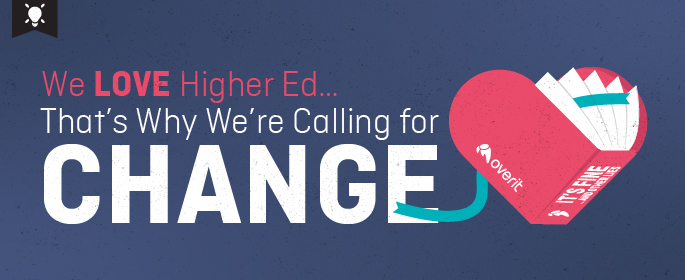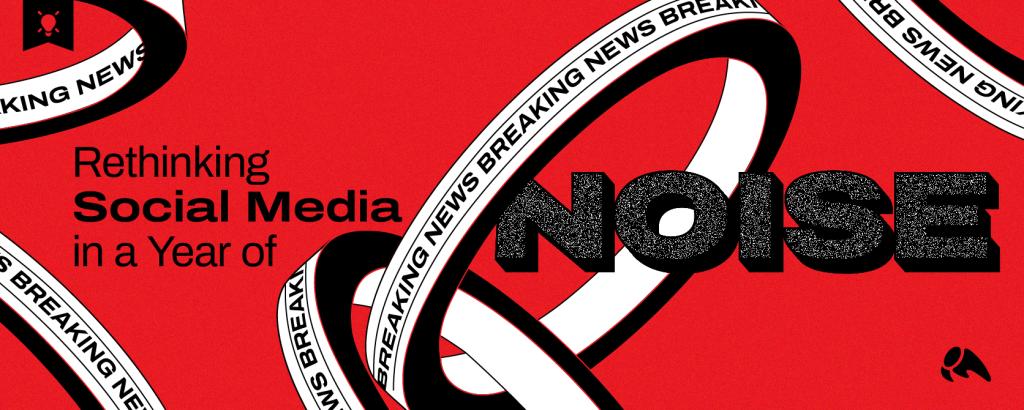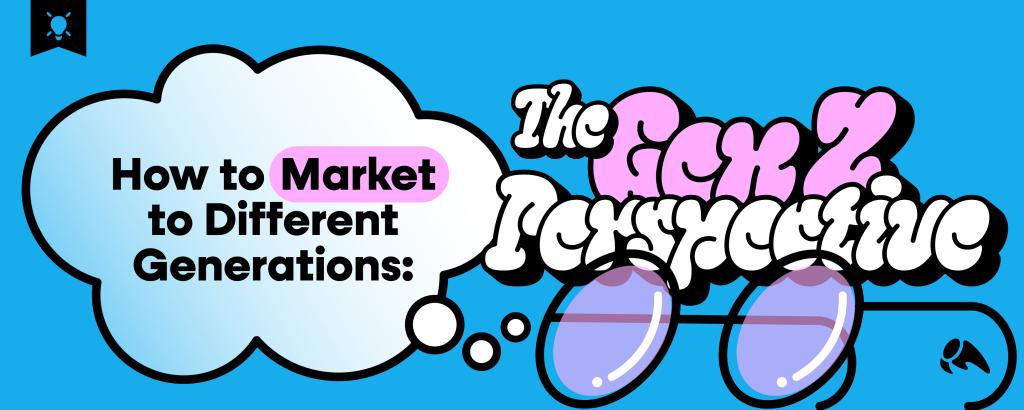
“It is not the strongest of the species that survives, not the most intelligent…It is the one that is the most adaptable to change.” – Charles Darwin
News out of Poultney, Vermont, last week was a jarring reminder of the harsh realities facing small, tuition-dependent colleges.
After nearly 200 years, Green Mountain College will close citing sharply declining enrollment. Sadly, they’re not alone. Many institutions nationwide are facing similar challenges and are vulnerable to similar outcomes.
In a 2016 study, the Parthenon Group found that 800 small colleges were vulnerable to “critical strategic challenges” because of their size. (“Small” defined here as schools with 1,000 enrollees or fewer.) The report lists several risk factors for small colleges amid the current environment, including: the absence of online education programs; tuition increases greater than 8 percent and discounts higher than 35 percent; and depending on tuition for more than 85 percent of revenue.
But instead of asking “Can we do better?,” I see too many college administrations giving themselves false reassurance. They say, “We’re doing OK, all things considered.” The sad truth is, a lot of them aren’t doing OK.
Here’s a look at the numbers:

25 percent of CFOs are confident their institutions will be in good shape in five years. However, that number drops to 13 percent when stretched out to 10 years.
70 percent of college presidents acknowledge looming budget shortfalls and increased competition for students, but fewer than 30 percent have “serious plans” to act to assure sustainability.
Even the trade group for trustees – The Association of Governing Boards – worries “the business model of higher education is breaking,” and they warn that inattentive and underprepared governing boards are putting higher education at risk.
The less-visible and more-uncomfortable “challenge”? Leadership–or the lack of it.
But hang on. Don’t get me wrong. I don’t know ANY college administrators or trustees who do not love their institution and want to see their institutions prosper. But the hybrid role of cheerleader and manager too many college presidents and decision-makers have been forced to occupy has become an untenable position in recent years. Acknowledging obstacles and financial losses while still working to keep up morale and stay optimistic can undermine necessary efforts toward extreme measures to improve or evolve strategy. Some liken this posture to “one foot on the gas and the other on the brake.”
That inertia leads to loss. Each semester spent evaluating, sharing, seeking input, etc., makes that old “no decision is actually a decision” maxim come true to abysmal effect. Opportunities are lost. Options close. Resources dwindle. Morale drops. Brand equity shrinks.
It is not too dramatic to describe this as a slow-motion death spiral. And, if not exactly tragic, it is frustrating and sad to hear many vulnerable colleges acknowledge the tough times but assure themselves that “it won’t happen here.” These places feel special, and they are special. But even with a 200-year history, lack of strategy, foresight, and evolution just won’t save them.
But there’s no need to despair. Here’s what colleges should consider DOING and what they should try to AVOID:
- Don’t fool yourself for short-term relief.
- Be mission- and heritage-guided, not driven.
- Be open-minded: know when changing a position or asking a question is smart, not weak.
- Make sure your team is solid and on board. No one will work harder than someone who feels like a vested owner operator.
- Ask questions to learn, not to second guess.
- Don’t try quick fixes: give new initiatives time to prove themselves.
- Don’t say “we are doing OK,” (do say “how can we be better?”).
- Don’t say it can’t happen here: do your best to make sure it doesn’t with solid plans that have contingencies.
With college enrollment numbers plunging across the board, the Green Mountain Colleges will still fall around us even with the strongest leadership, mission, and strategy. Things just aren’t the way they used to be.
But being prepared, keeping your eyes open, and being honest about where things stand with your organization is your best defense against a shifting industry.





